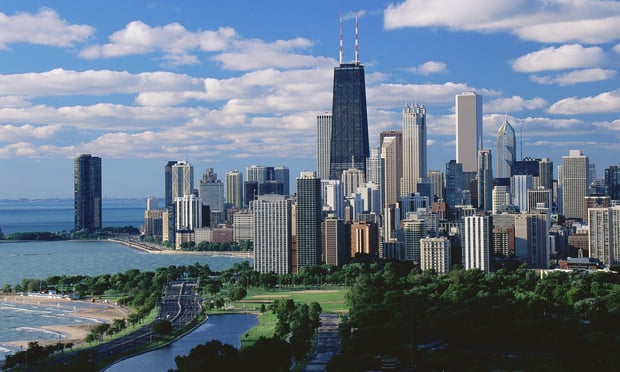INDIANAPOLIS—The industrial sector in the Indianapolis metro area has been one of the nation's standout performers. And even though a few possible headwinds, such as higher construction costs and a shortage of skilled labor, could soon start having some effect, so far it looks like smooth sailing.
“At this point the balance between supply and demand quite good,” Sean McHale, an Indianapolis based principal with Avison Young, tells GlobeSt.com.
Recommended For You
Want to continue reading?
Become a Free ALM Digital Reader.
Once you are an ALM Digital Member, you’ll receive:
- Breaking commercial real estate news and analysis, on-site and via our newsletters and custom alerts
- Educational webcasts, white papers, and ebooks from industry thought leaders
- Critical coverage of the property casualty insurance and financial advisory markets on our other ALM sites, PropertyCasualty360 and ThinkAdvisor
Already have an account? Sign In Now
*May exclude premium content© 2025 ALM Global, LLC, All Rights Reserved. Request academic re-use from www.copyright.com. All other uses, submit a request to [email protected]. For more information visit Asset & Logo Licensing.









